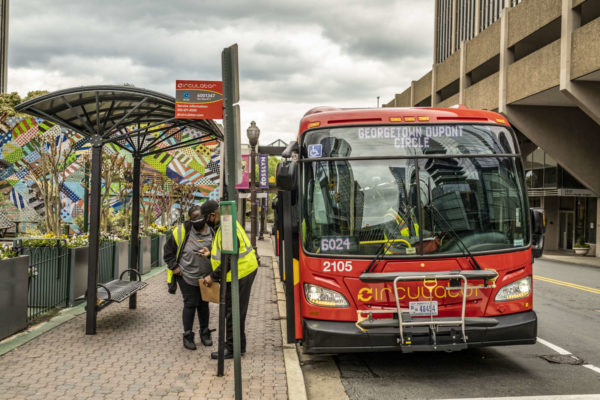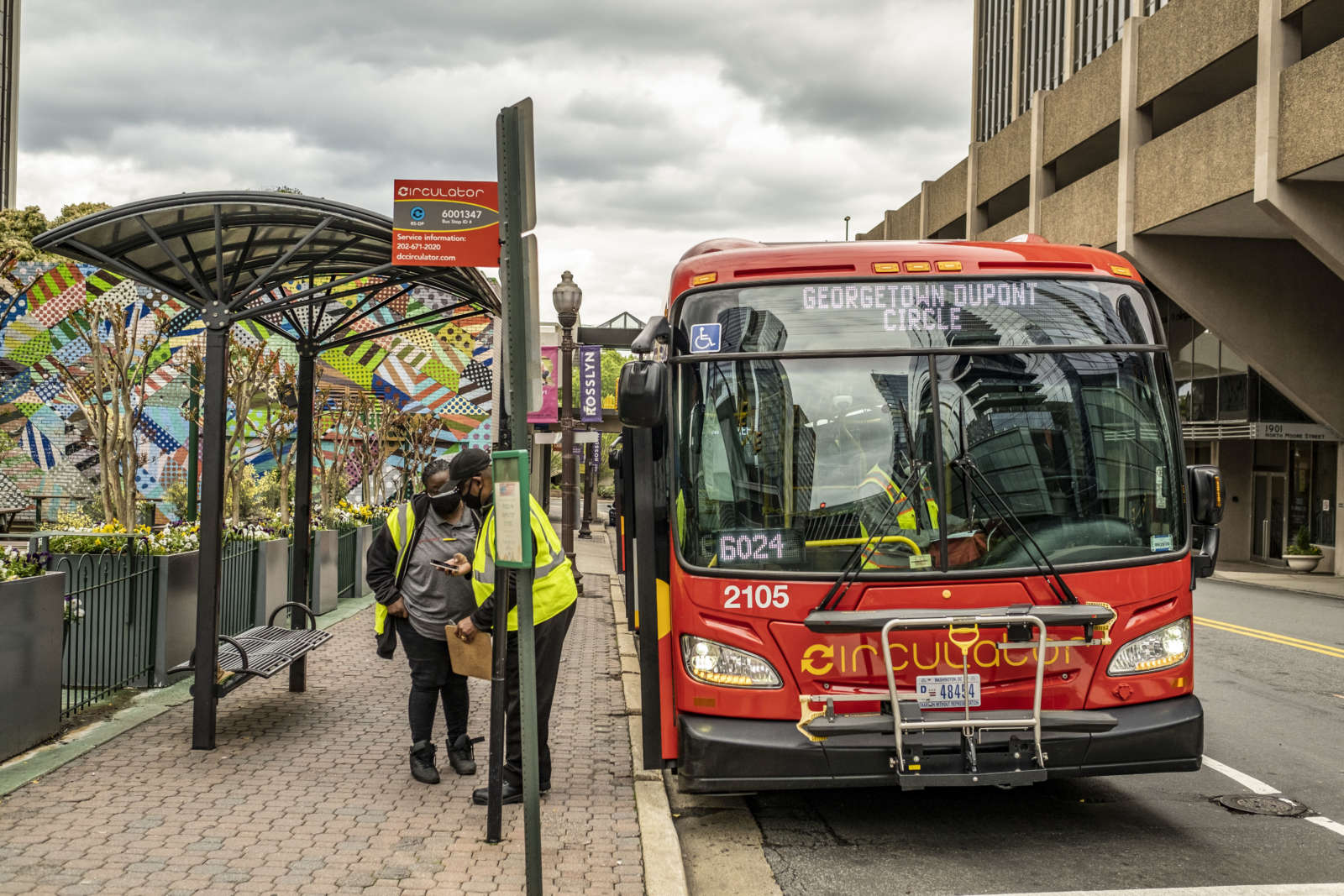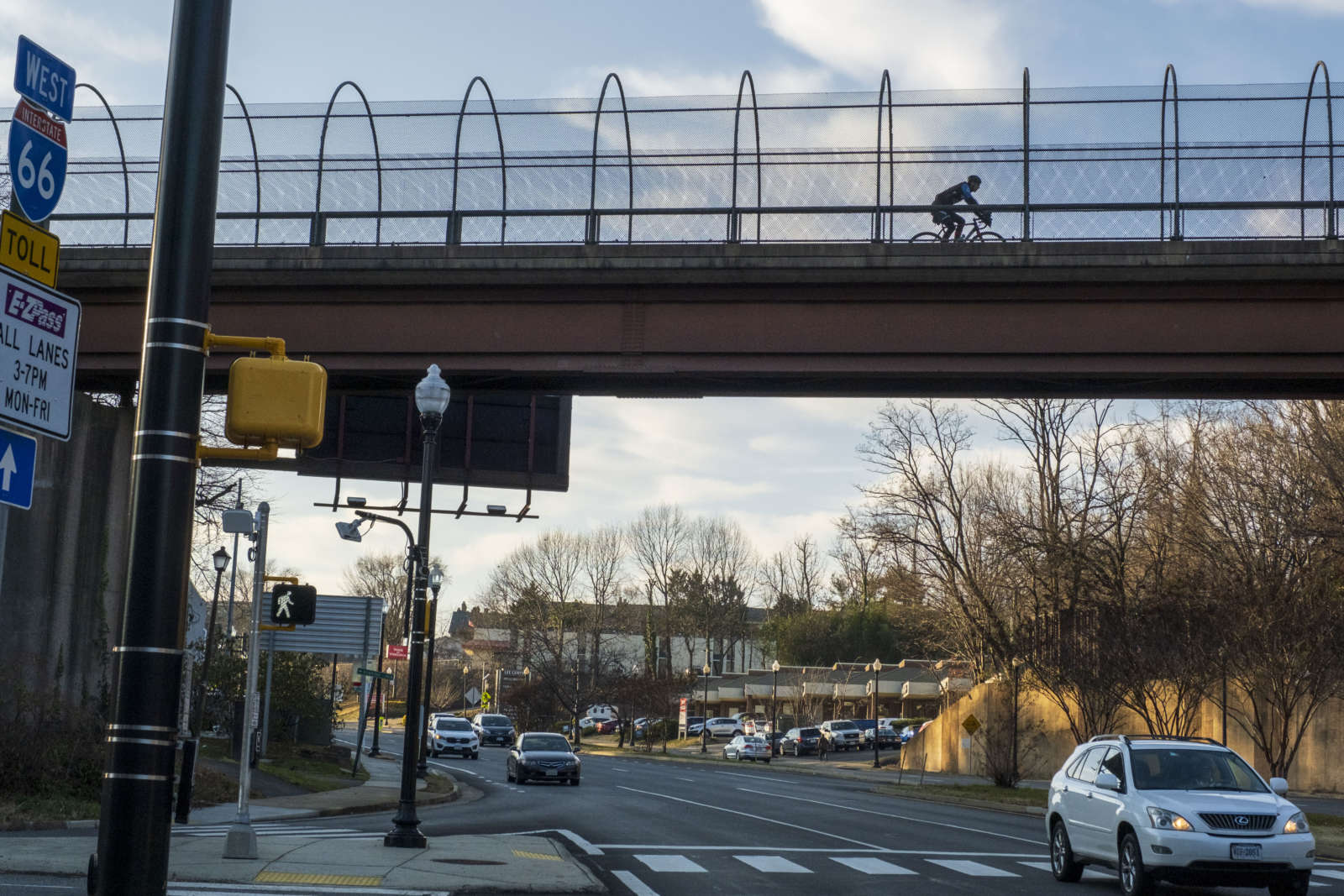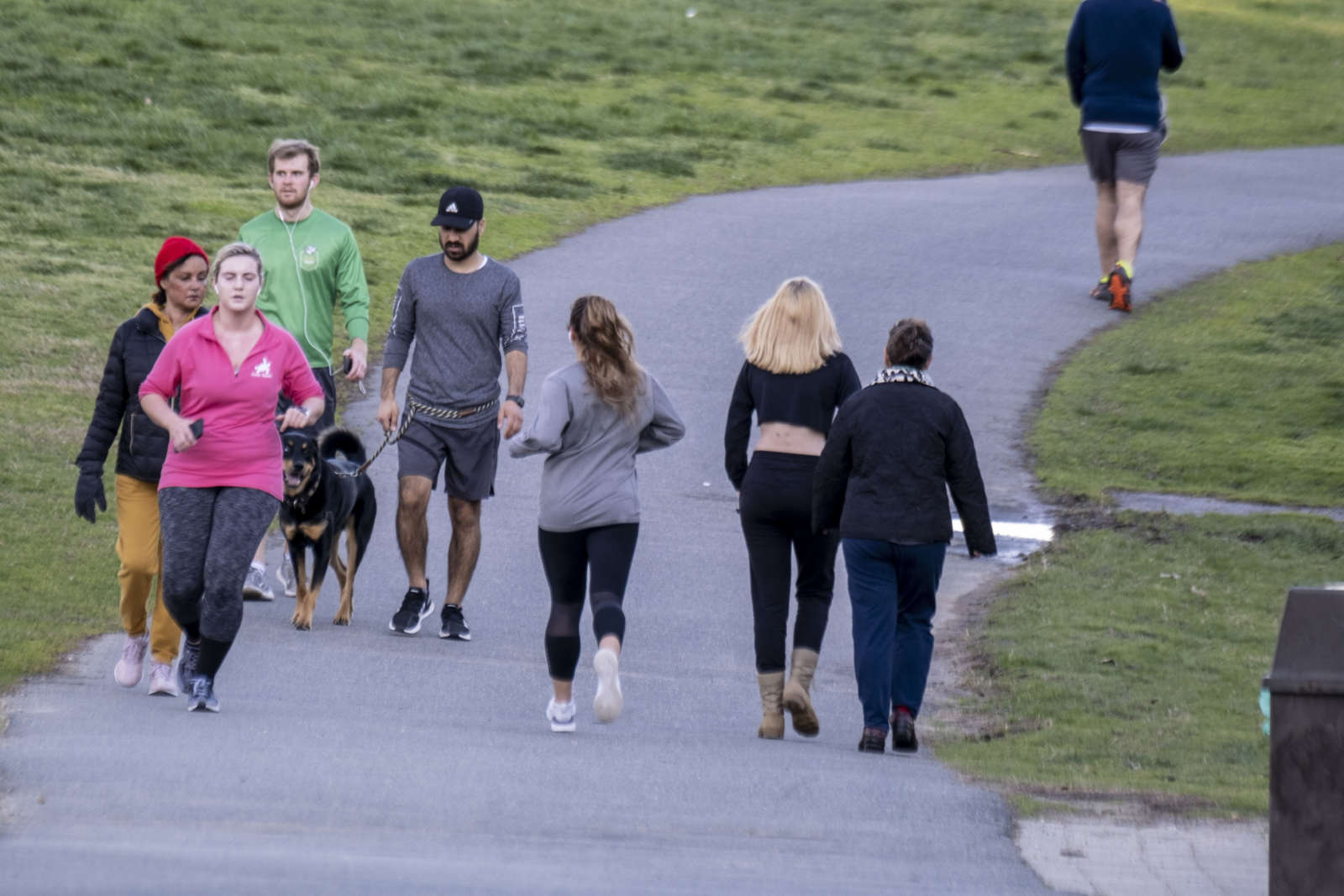A mobility advocacy group is asking the county to build a three-year plan for funding projects that make non-car transit faster, more desirable and safer.
And the group, Sustainable Mobility, is trying to capitalize on signs that people are interested in bicycling and walking more coming out of the pandemic.
“We have to seize that opportunity before everybody gets into their cars again,” said Chris Slatt, the group’s president, who is also chair of the Transportation Commission and an opinion columnist on ARLnow. “This is an inflection point. Arlington has let too many opportunities pass during COVID-19 — we never achieved open streets, when people demanded more space to walk, sit and eat — we need them to do better now.”
Its recommendations respond to a draft document outlining the large projects that Arlington County intends to embark on over the next three years. This plan, called the Capital Improvement Plan, is winding its way through review processes and is set to be approved by the County Board in July.
Volunteers from Sustainable Mobility, or SusMo, combed through the transportation projects and identified a handful to nix, postpone or kick to developers for funding and implementation, which they say could free up about $17 million that could fund 20 projects or programs.
The alternative projects fall into five of SusMo’s priority areas:
- Funding Vision Zero
- Speeding up transit
- Building safe routes to every school
- Building out the bike network for all ages and abilities
- Expanding and connecting the trail network
“None of what’s in our plan is really our idea,” Slatt said. “It is all things that are in sector plans, projects that… the county already has [identified], projects that were identified in the bicycle element of the Master Transportation Plan, or just ways to fund priorities that Arlington says they already have.”
Highlights include:
- Changing the signals to reduce the time buses spend at intersections
- Completing the Arlington Blvd Trail
- Conducting a feasibility study of dedicated transit and high-occupancy vehicle lanes on Columbia Pike
- All-door bus boarding and off-vehicle fare collection, to speed up buses
- A trail on the west side of Carlin Springs road, with a connection to the W&OD Trail, to provide a safer route to Kenmore Middle School
- Protected bike lanes on S. George Mason Drive between Route 7 and Route 50, providing a safe connection to Wakefield High School
- Additional capital funding for other Safe Routes to School projects
- Protected bike lanes on a portion of N. Highland Street in Clarendon
- A two-way protected bike lane on Fairfax Drive between Ballston and Clarendon
- Other “neighborhood bikeways”
Some projects are already in the County Manager’s draft Capital Improvement Program proposal, including a feasibility study for a trail underpass under Shirlington Road near the Weenie Beenie, and a new trail along the Arlington National Cemetery wall between Columbia Pike and Memorial Avenue.
As for the projects that SusMo recommends removing from the CIP, Slatt cited a $3 million project to improve the sidewalk on an existing bridge to Reagan National Airport and projects for building second Metro station entrances. The sidewalk will become obsolete once the proposed pedestrian bridge from Crystal City to the airport is built and the second Metro entrance projects should use more grant and developer contributions, he said.
“There’s no project in the CIP about which you can say, ‘This is antithetical to what Arlington is about,’ but there are plenty where you can look at it and say, ‘Is this the best thing we can be doing?'” he said.
Far less expensive and more effective, he said, would be implementing transit signal priority, which would speed buses up by 10-15%.
“We should’ve had that five years ago,” he said. “We can enjoy that on every Columbia Pike, Glebe Road or Lee Highway bus for a tenth of the cost of these second entrances.”
Slatt said the group started in June 2018, when it organized Bike4thePike, an effort by cyclists to advocate for safer routes. Since then, he said the group’s advocacy has guided a number of transportation projects in 2019 and in 2020, such as adding dedicated bicycle and pedestrian areas along the future rebuilt, re-aligned Columbia Pike.
“A lot of what sustainable mobility for Arlington has done in the past few years has been reactive,” he said, adding that in the future, SusMo should “push the county to do things it’s not already doing.”
This year, Sustainable Mobility did a lot of internal work to become more organized, he said. It launched an effort to increase its cadre of volunteers, established a Board of Directors, streamlined newsletters, became a nonprofit and launched a fundraiser.
Slatt said he has a few issues to turn to later this year. One is an obscure fire code rule that complicates efforts to expand the bike network and threatens on-street parking in neighborhoods with narrow streets. Another is accommodations for walkers and cyclists when sidewalks are closed for construction, which right now include the Ballston Metro station detour and the asphalt ramps around the former Holiday Inn in Rosslyn.
The County Board is set to adopt a final draft of the Capital Improvement Plan in July.





